Gelati Monastery
A medieval complex dating all the way back to 1106, Gelati Monastery is considered one of Georgia’s most important historic monuments. So much so, it was designated UNESCO World Heritage in the early 90s. The captivating monastery originates from the time of prosperity between the 11th and 13th centuries that’s become known as the Golden Age of medieval Georgia. Not only is this one of the largest Orthodox monasteries from that time, it also once housed a centre for science and education that made it one of the most significant cultural hubs in ancient Georgia. Visit this monastery on the wooded slopes near Kutaisi, which is the city you access the site from, in the western Imereti region and step inside the main cathedral to marvel at its colourful frescoes.
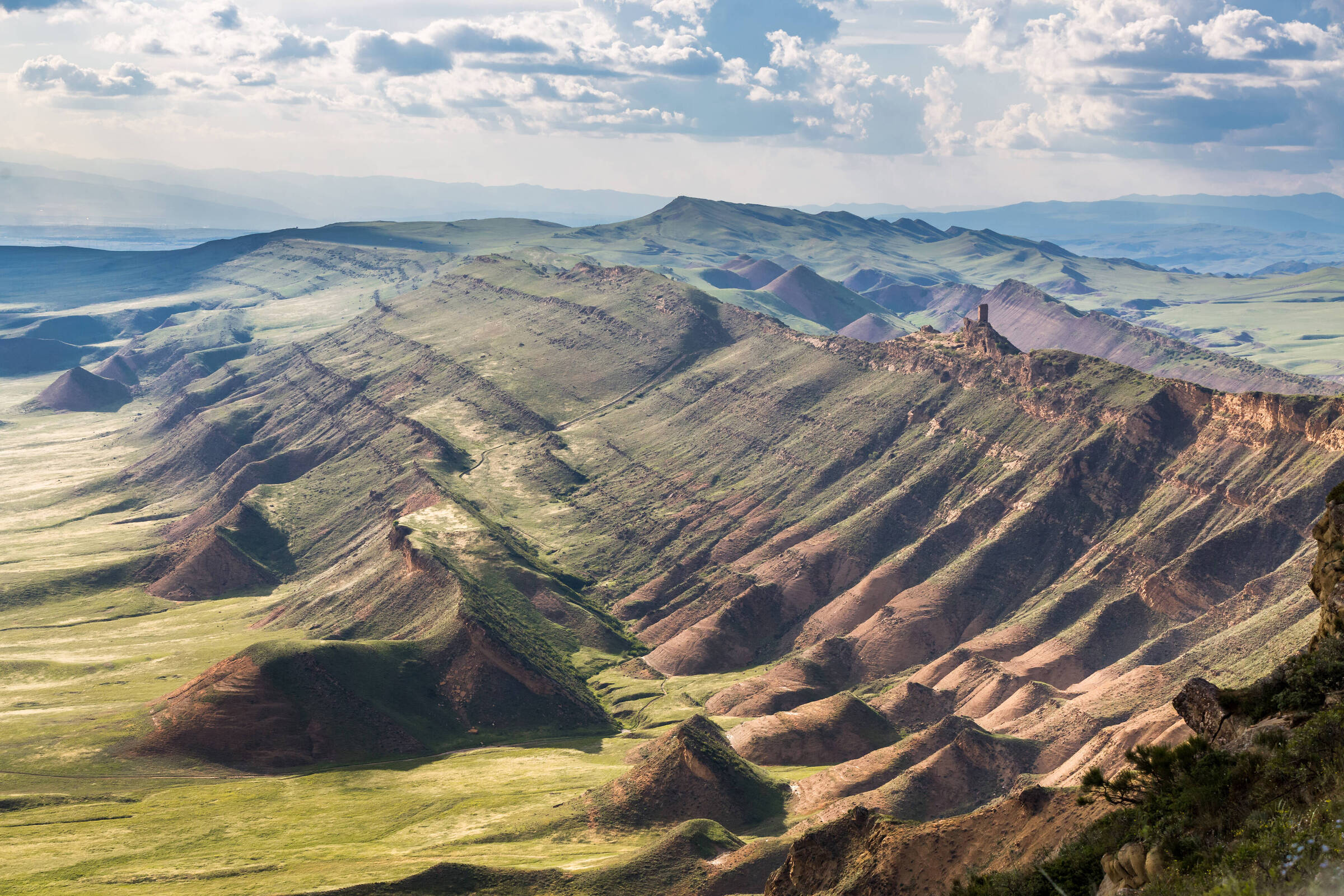

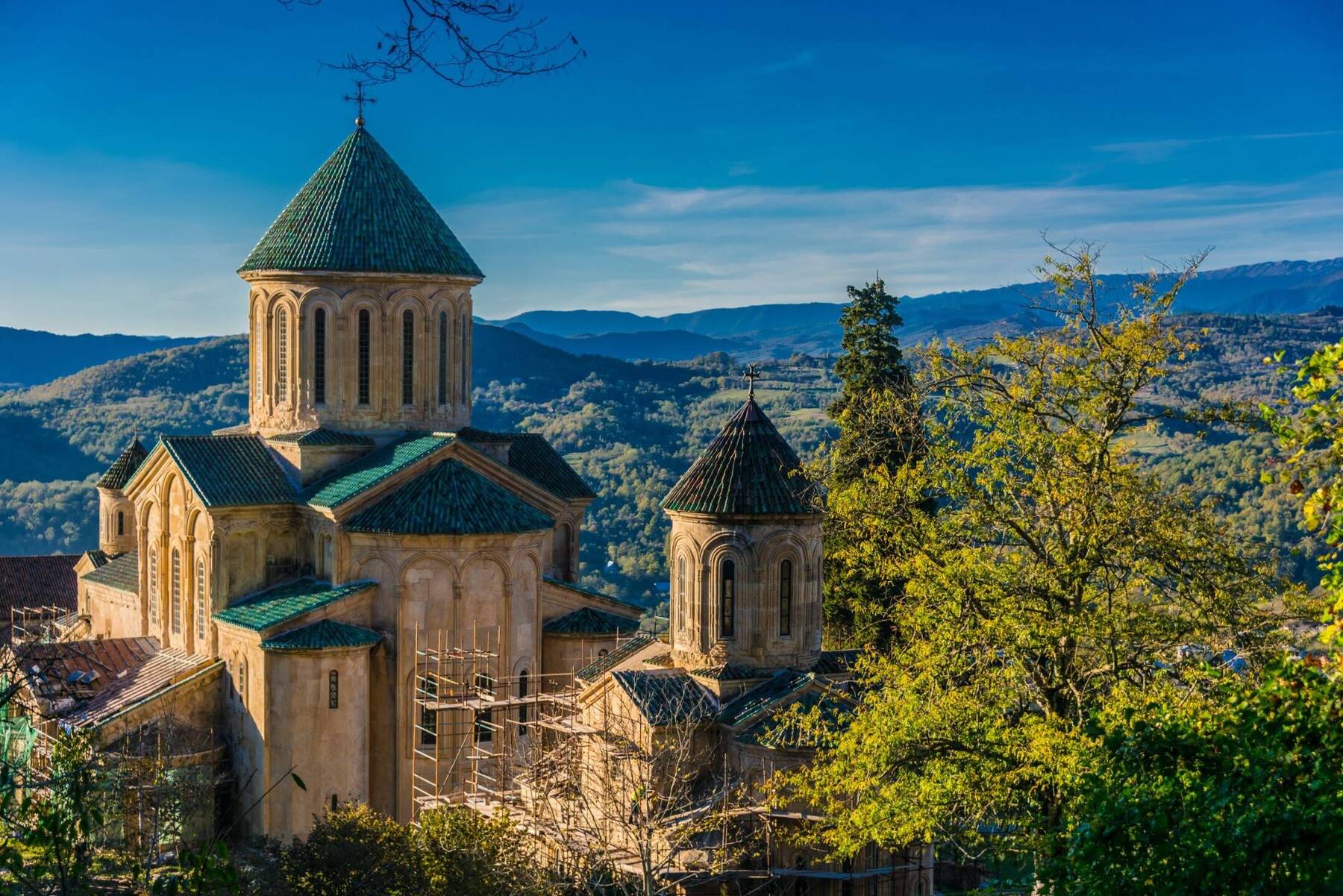
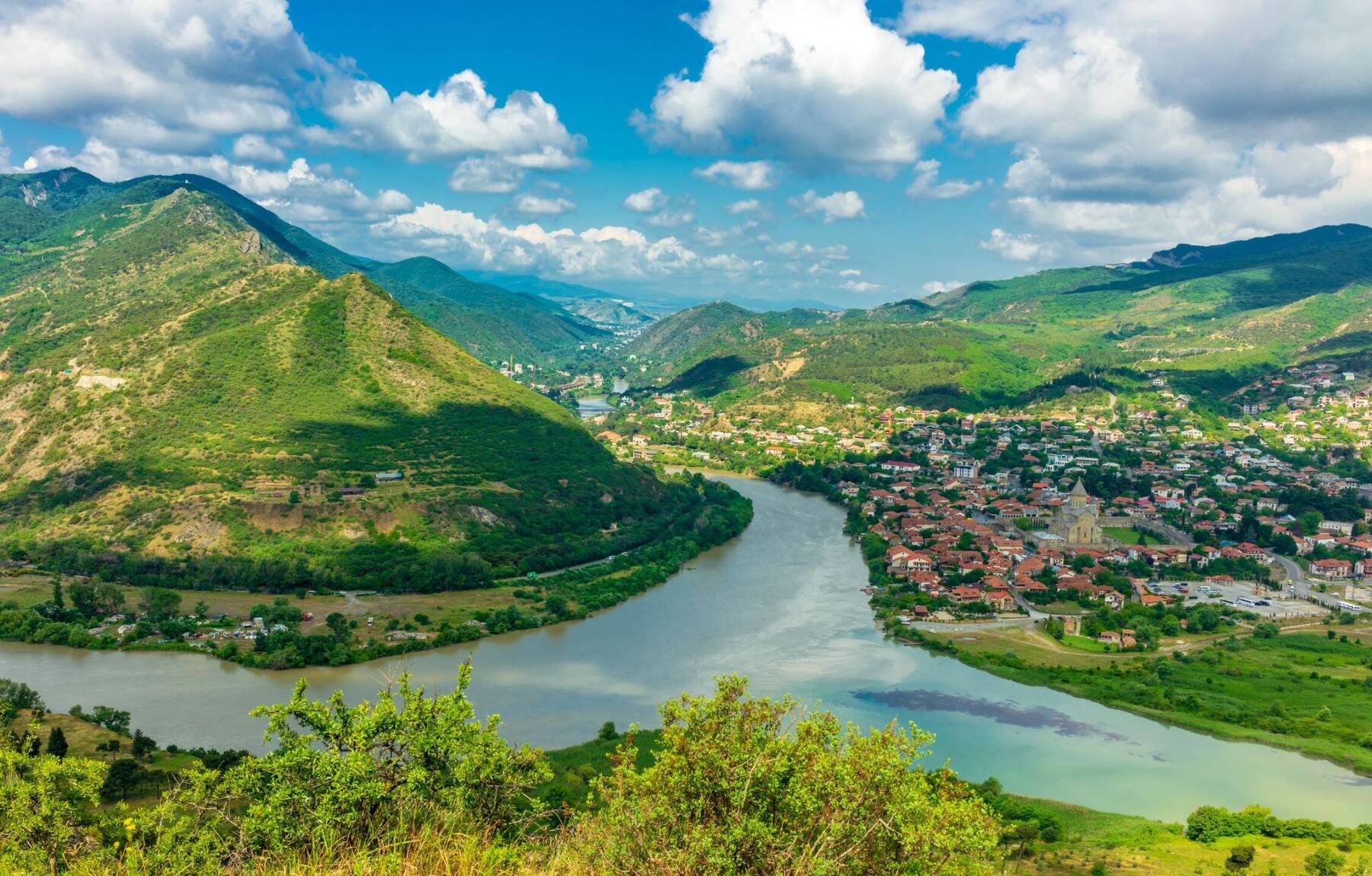

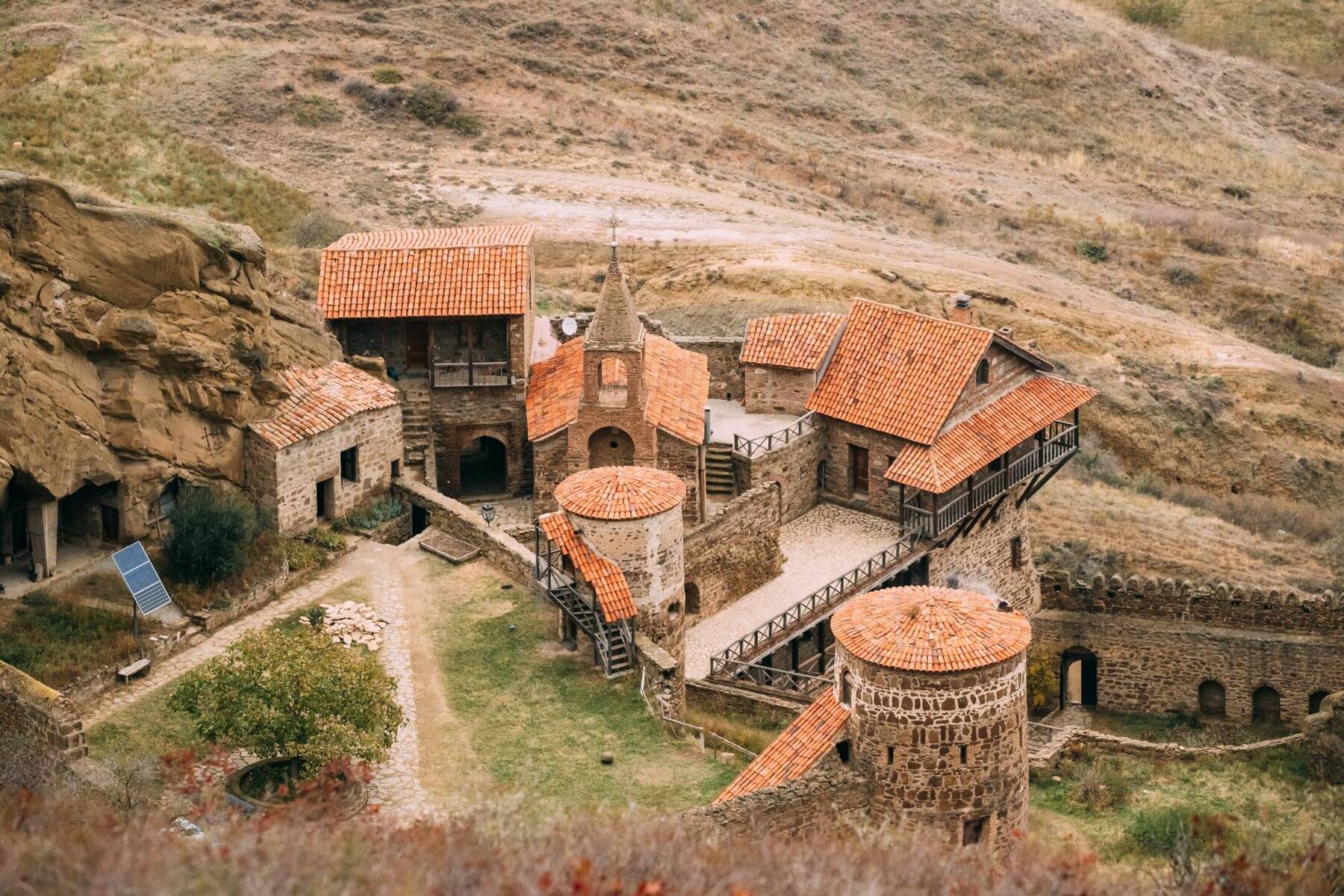
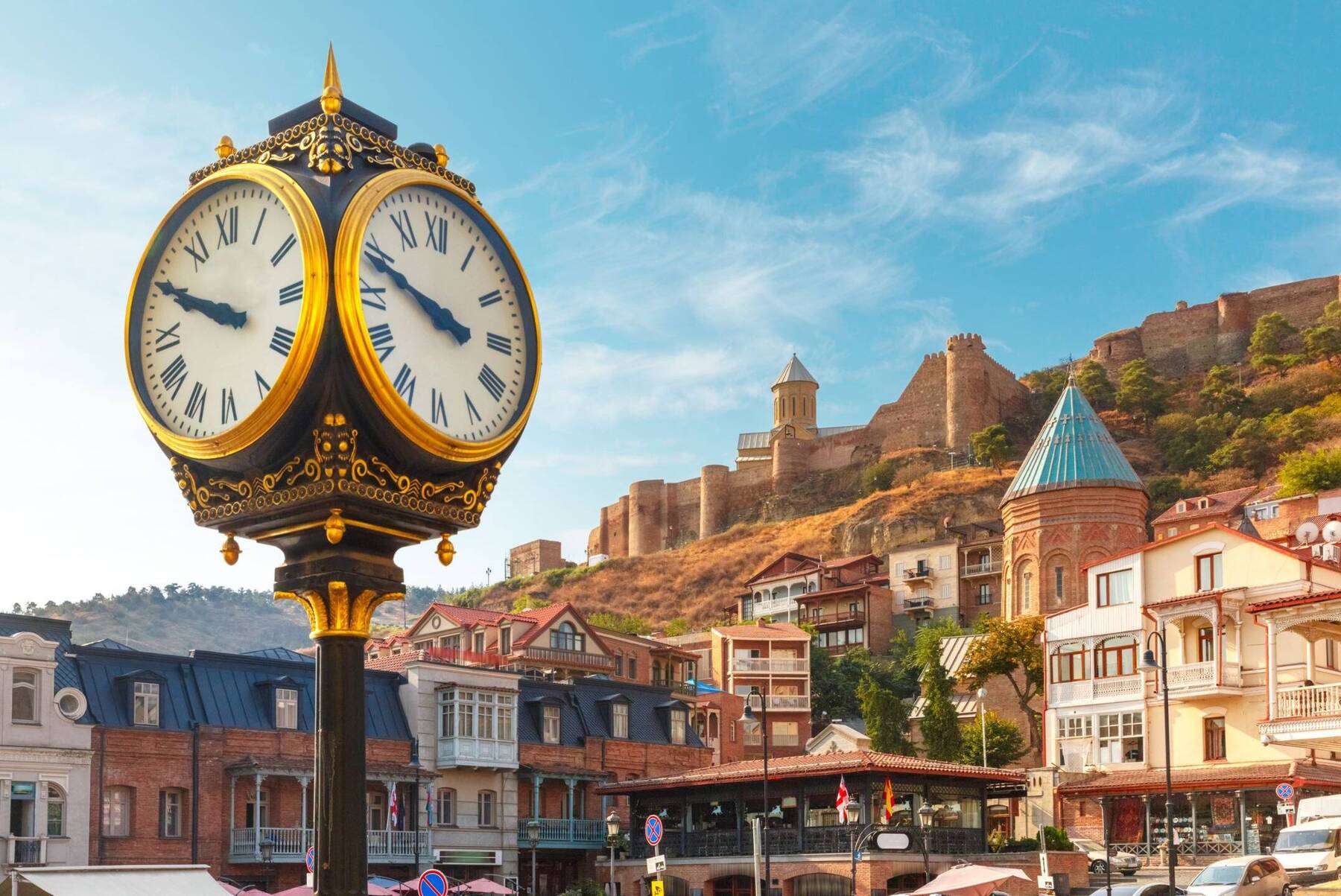



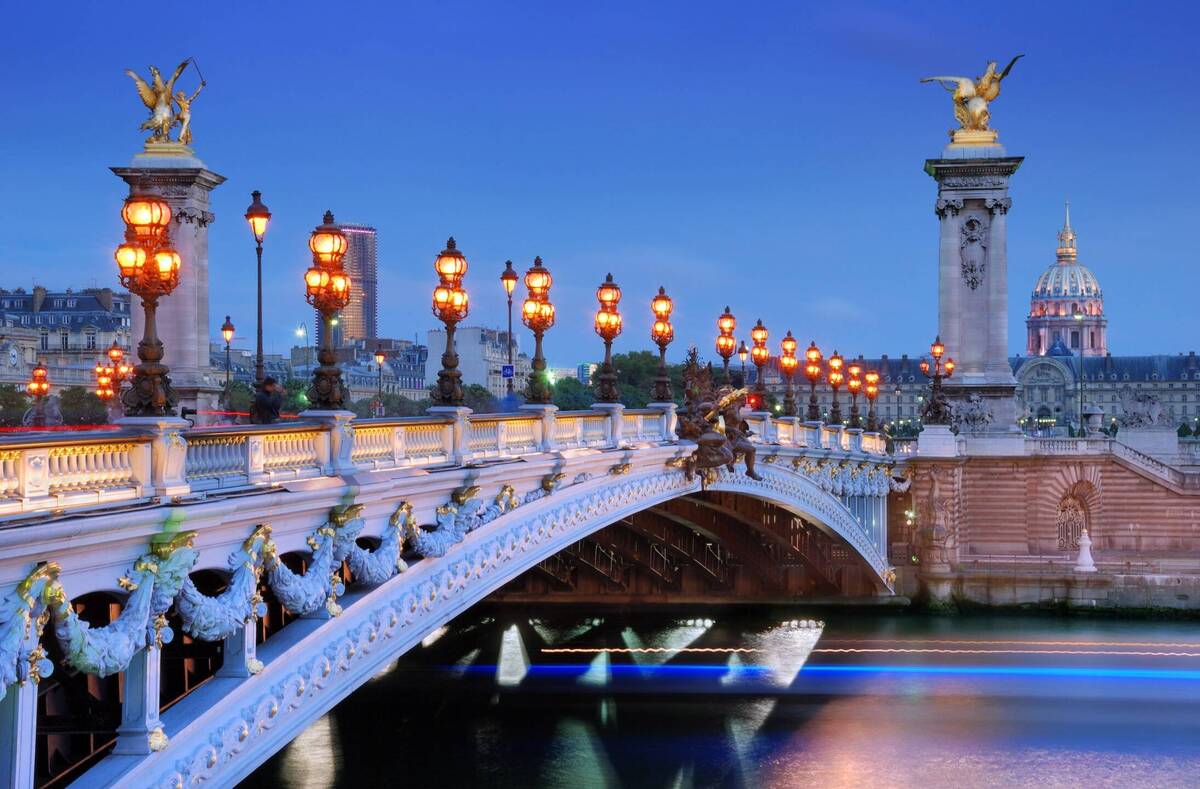













Comments